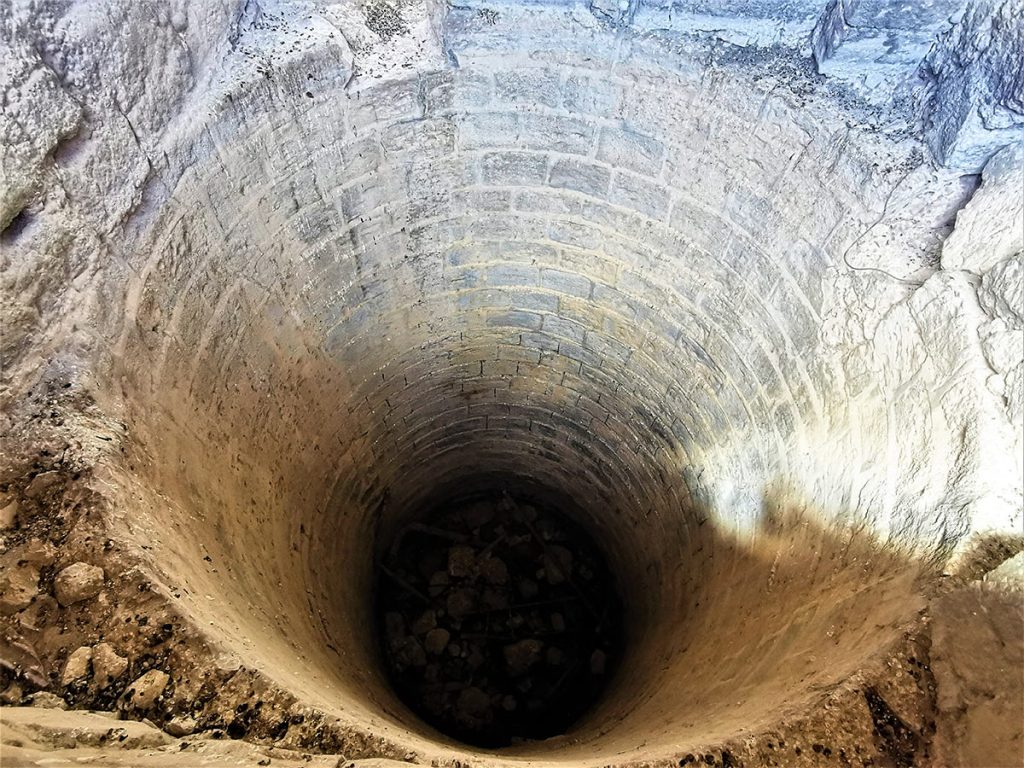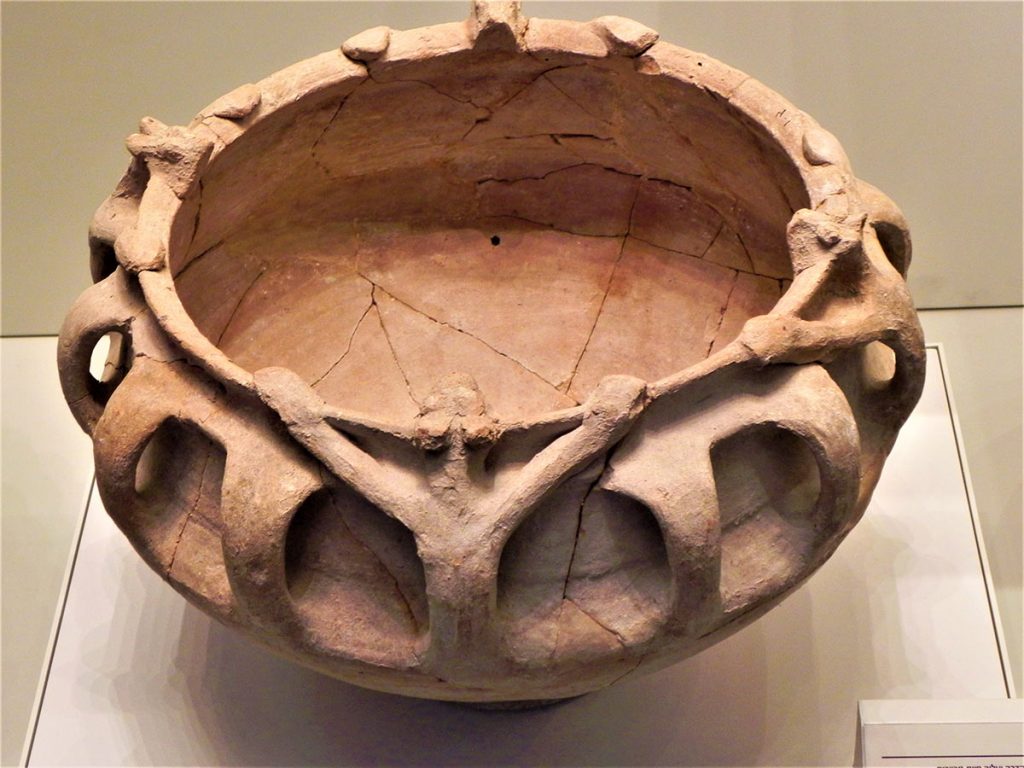Have you ever wondered if it is like to stand in a location of great historical and religious significance? Located in northern Samaria, Tel Dothan may just seem like a pile of rocks, but it is the symbolism and religious history that make this location so special to many people.

The Story of Joseph’s Betrayal
So Tel Dotan (Tel Dothan) is a large ancient settlement in the center of the Dotan Valley; about 10 km southwest of the city of Jenin on the Nablus-Jenin road. It rises 60 meters above the valley; its summit area is about 40 At the foot of the mound it passed through the mountain. Moreover, the mound with the biblical Dotan was identified as early as the 14th century by Ishtori Haparchi.
Here you can stand where the story of Joseph’s betrayal of his brothers occurred; eventually leading him to become a leader to his people. By taking a private tour of Tel Dothan with me; you will have the opportunity to learn the stories as well as personally and spiritually connect with the land in a meaningful and transformative experience that you will remember for many years to come.

(Credit: Yoav Dothan)
One of the primary reasons that Tel Dothan has become so famous is due to its story of Joseph. Joseph, son of Jacob, was the preferred son, which made his brothers very jealous. After Joseph had two dreams implying his supremacy over others, his brothers became enraged. One day at Tel Dothan; Joseph went to visit his brothers as they tended the flock. Upon his arrival, all of his brothers, excluding Reuben, threw Joseph into a pit intending to leave him there to die. However, a camel caravan was soon based, and the brothers decided to sell Joseph to traders who were on their way to Egypt. What sounds like a horrifying story eventually led to Joseph becoming one of the most powerful men in all of Egypt.
Archaeological Excavations at Tel Dothan
Excavations at Tel Dothan were conducted between 1953 and 1964 by archaeologist Joseph Paul Free on behalf of Wheaton College. During the nine seasons of excavation at the site, the fruit revealed archeological remains from 21 different strata. The main architectural remains are from the Early Bronze Age, Late Bronze Age, Iron Age I, and Iron Age II.
A structure was discovered on the southern side of Tel Dothan; which Perry identified as an administrative structure where taxes; such as wheat; olive oil and other goods; were collected. During the excavation of the structure; archaeologists uncovered hundreds of special kinds of pottery (urns with a wide opening); and in some of them, there is evidence that these were used to store grain and oil. Furthermore, samples taken from the destruction layer on the floors of the building and examined on carbon-14 dating in the laboratory showed that the building was destroyed in the late 9th century BC.
An Altar Was Found on the Mound!
In 2013, altar fragments made of local limestone; with four horns from the Iron Age II; were discovered at Tel Dothan. Its dimensions are 65X65 cm and its total thickness at the center point is 18 cm. Apparently, altars of this type were used to burn incense or other material and were not used for sacrificing animals or other offerings. So the researchers’ hypothesis is that due to the location of the find within a system of buildings; the altar can be reliably dated to the beginning of the Iron Age II (9th century BC). Following the discovery of the altar, it is speculated that it was used primarily for worship purposes. So don’t think about too much and come tour Tel Dothan with me!







